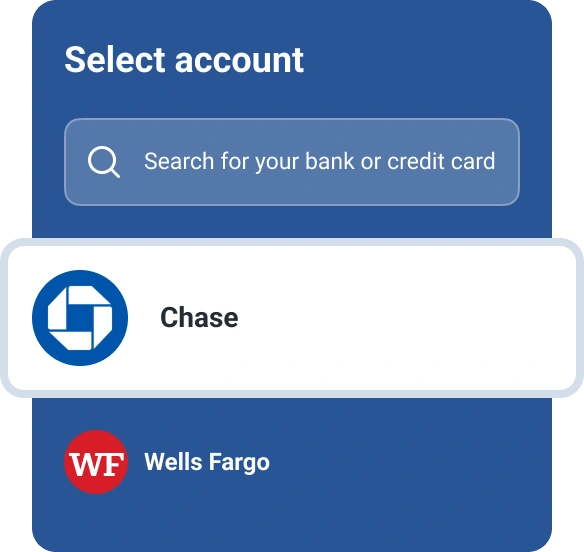How Much Can I Borrow With No Credit History?
Quick Answer
How much you can borrow with no credit history depends on the type of credit accounts you’re able to acquire. If you qualify for a secured credit card, a credit-builder loan or a store credit card, for example, you may be able to tap into hundreds or even thousands of dollars of borrowing power.

It can be frustrating to try to borrow money if you have no credit history. However, several borrowing options, such as a secured credit card or a credit-builder loan, are available. If you have no credit, you still may be able to borrow money, but it might not be for the amount you want or need.
What Type of Credit Can You Apply for With No Credit?
Credit options are available that could work for someone who has no credit; here are four of them.
Secured Credit Card
A secured credit card is similar to a traditional, unsecured credit card. Unlike a traditional card, however, a secured credit requires you to make a refundable security deposit that typically will equal your credit limit.
So, if you put down a $250 deposit, your credit limit might be $250. Make sure the credit card issuer you choose reports your payment activity to one or more of the three major credit bureaus (Experian, TransUnion and Equifax) to help build your credit.
Credit-Builder Loan
A credit-builder loan enables you to "borrow" a small amount of money that gets deposited into a locked-off savings account or certificate of deposit (CD).
Once you make all the loan payments, with interest, the lender releases the money to you. Make sure your lender reports payments to all three credit bureaus (not all do) to help you establish and build a credit history. Credit-builder loans are typically issued in sums of $1,000 or less.
Store Credit Card
A store credit card is much like a traditional credit card, but they're not quite the same. Two types of store credit cards are available—closed loop and open loop.
A closed-loop card limits the use of the card to a certain retailer, and sometimes its other brands and partners.
Meanwhile, an open-loop card lets you make purchases at a certain retailer as well as places where the card's payment network (generally American Express, Mastercard or Visa) is accepted.
It's generally easier to qualify for a store credit card than a traditional card. But store cards may come with higher interest rates, making it more expensive to borrow money.
Cosigner or Authorized User
Recruiting a cosigner for a credit card or becoming an authorized user on someone else's card may help you gain access to credit even if you don't have a credit history.
A cosigner is someone, such as a relative, who agrees to take responsibility for debts accumulated on a card that's used primarily by someone who might have been unable to qualify for the card on their own. The cosigner shares the debt responsibility with the cardholder. Credit issuers that allow cosigners are becoming more rare, however.
An authorized user, on the other hand, is a secondary account holder who can make purchases with the card and might even have their own card and account number. The authorized user is not held liable for making monthly payments—that responsibility rests with the primary account holder.
Both of these arrangements—cosigner and authorized user—can help you build credit if you have no credit history. That's because positive payment activity on the account typically shows up on your credit reports.
How Much Money Can I Borrow With No Credit?
How much money you can borrow if you don't have a credit history depends on the type of credit. Here are three credit-limit scenarios.
- Secured card: The credit limit for a secured card may be in the hundreds or even thousands of dollars. The credit limit might match the amount of your deposit (a $250 limit for a $250 deposit, for example). Or a card issuer may give you a credit limit of, say, $500 in exchange for a $250 deposit.
- Credit-builder loan: While you're not borrowing money, but rather depositing cash into an account for later, the credit limit for a credit-builder loan may range from $300 to $1,000.
- Store credit card: Store credit cards typically come with lower credit limits than traditional credit cards. For instance, a store credit card might give you a credit limit of $500, while a traditional credit card might provide a credit limit of $5,000.
- Authorized-user account: As an authorized user, you'll have the same credit limit as the primary cardholder, but spending limits may apply.
How to Build Credit
Aside from applying for and establishing credit, here are six tips for building credit.
- Pay bills on time. Timely payments—those made by the due date—can benefit your credit. Payment history represents 35% of your FICO® ScoreΘ and Experian credit report. To get credit for on-time payments made for things like rent, utilities and streaming services, consider signing up for Experian Boost®ø. Experian Boost holds the potential to instantly raise your FICO® Score.
- Be careful with credit. Keeping the use of your available credit at 30% or below will minimize the impact carrying a balance has on your credit score. The amount of debt you have makes up 30% of your FICO® Score.
- Create a budget. Setting up a budget can help you stay on track in terms of achieving a good balance between income and expenses (such as credit card payments).
- Use credit-building tools. Free tools like Experian Go™ can help guide you on your credit-building journey. Experian Go produces an Experian credit report in your name so you can monitor your credit-building progress.
- Aim to pay off the full balance on a credit card every month. Doing this can not only reduce the amount of credit you're using but also can help you avoid interest charges.
- Check your credit reports. Once you have credit reports with the three credit bureaus, regularly review them to look for factors that may be dragging down your credit score. You can check all three of your credit reports at AnnualCreditReport.com, or check your Experian report for free anytime.
The Bottom Line
Building credit takes time and patience. But it can be done. At the start, you might not qualify for credit limits as high as you'd like. Yet by sticking to good credit-building practices, credit card issuers and other lenders may reward you with higher credit limits.
To stay on top of your credit, check your FICO® Score and Experian credit report at no cost.
What makes a good credit score?
Learn what it takes to achieve a good credit score. Review your FICO® Score for free and see what’s helping and hurting your score.
Get your FICO® ScoreNo credit card required
About the author
John Egan is a freelance writer, editor and content marketing strategist in Austin, Texas. His work has been published by outlets such as CreditCards.com, Bankrate, Credit Karma, LendingTree, PolicyGenius, HuffPost, National Real Estate Investor and Urban Land.
Read more from John

